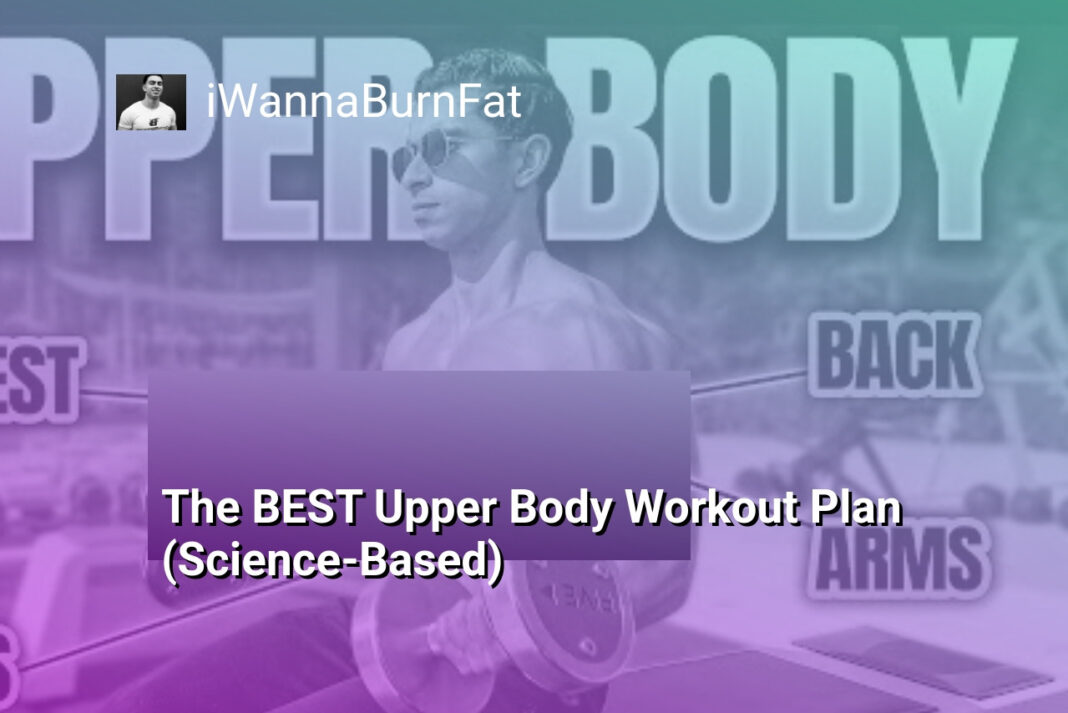The Bottom Line:
- I discovered innovative techniques to revolutionize back training by focusing on precise body positioning and muscle engagement during key exercises.
- During chest-supported rows, I learned to maintain an upright chest posture to maximize mid-back muscle activation and stretch.
- My pull-up technique transformed by strategically leaning back, keeping elbows tucked, and stopping short of the top to enhance lat development.
- I modified Romanian deadlifts by incorporating more knee bend and pausing at a parallel position to shift muscle emphasis from lower body to back muscles.
- These nuanced adjustments can dramatically improve back workout effectiveness by prioritizing form and targeted muscle recruitment.
Understanding Chest-Supported Row Mechanics for Superior Back Development
Biomechanical Advantages of Chest-Supported Rowing
The chest-supported row represents a critical technique for isolating back muscles with minimized compensation from secondary muscle groups. By stabilizing the torso against a padded support, lifters can eliminate momentum and reduce lower back strain, creating a pure muscular stimulus for posterior chain development. This mechanical positioning allows for more concentrated tension on targeted back muscles, particularly the mid-back region including the rhomboids, trapezius, and rear deltoids.
Optimal Positioning and Muscle Engagement Strategies
Proper execution demands maintaining an upright chest position throughout the movement, avoiding rounded shoulders or excessive spinal flexion. The key is creating a slight arch in the upper back while keeping the chest pressed firmly against the support pad. This positioning enables a more pronounced mid-back stretch and enhances muscle fiber recruitment. Lifters should focus on pulling the weight using scapular retraction, ensuring elbows track close to the body and maintain a consistent angle throughout the range of motion.
Progressive Overload and Technical Refinement
Advanced practitioners can manipulate variables like grip width, implement variations such as unilateral rowing, and experiment with tempo to continually challenge muscular adaptation. Implementing techniques like paused reps at peak contraction, using different handle attachments, and progressively increasing resistance will prevent training plateaus. The chest-supported row’s versatility allows for targeted muscle development while minimizing injury risk compared to free-weight rowing variations that require significant core stabilization and potentially compromise form under heavy loads.
Optimizing Pull-Up Performance with Strategic Body Positioning
Mastering Body Mechanics for Enhanced Pull-Up Effectiveness
Executing pull-ups requires more than raw strength; it demands precise body positioning and strategic muscle engagement. By understanding how subtle adjustments in body alignment can dramatically improve performance, athletes can transform their pull-up technique from basic to extraordinary. The key lies in creating optimal biomechanical leverage that maximizes muscle recruitment and minimizes energy waste.
Angle and Tension Optimization Strategies
When performing pull-ups, maintaining a slight posterior lean creates a more advantageous muscle activation pattern. By tilting your torso approximately 10-15 degrees backward, you redistribute muscular tension across the latissimus dorsi, rhomboids, and posterior deltoids. This positioning reduces stress on the biceps and increases engagement of the broader back muscles, leading to more comprehensive muscle development and improved functional strength.
Precision Elbow and Shoulder Positioning Techniques
Critical to pull-up performance is understanding elbow trajectory and shoulder positioning. Keeping elbows tucked close to the body rather than flaring outward creates a more direct line of force transmission. This compact positioning allows for greater mechanical efficiency and targeted lat engagement. Additionally, maintaining a slight depression of the shoulder blades prevents unnecessary strain and promotes a more controlled, powerful movement pattern. By focusing on these nuanced positioning elements, athletes can significantly enhance muscle recruitment, reduce injury risk, and develop a more sophisticated pulling technique that transcends traditional pull-up execution.
Romanian Deadlift Modifications for Enhanced Back Muscle Activation
Precision Torso Angle Techniques
The Romanian deadlift becomes a powerful back muscle activation tool when strategically modifying your torso angle. By intentionally adjusting your body position during the movement, you can dramatically increase posterior chain muscle recruitment. Focus on maintaining a slight knee bend while lowering your torso to approximately 45-60 degrees, which creates heightened tension across the entire posterior muscle groups.
Tempo and Isometric Hold Strategies
Implementing controlled tempo variations can exponentially enhance muscle activation during Romanian deadlifts. Experiment with 3-4 second eccentric (lowering) phases, pausing momentarily at the point of maximum stretch. This approach increases time under tension and neurological engagement, forcing the back muscles to work more intensively. By introducing brief isometric holds at specific ranges of motion, you create additional metabolic stress and muscular adaptation signals.
Resistance Variation and Progressive Overload
Diversifying resistance methods can unlock new dimensions of back muscle development during Romanian deadlifts. Consider incorporating accommodating resistance techniques like resistance bands or chains, which increase tension at the movement’s top range. Alternatively, utilize unilateral variations where one side bears more load, compelling stabilizer muscles to engage more aggressively. Progressive overload principles remain critical – gradually increasing weight, volume, or complexity ensures continuous muscular challenge and growth potential.
Common Mistakes in Back Training and How to Correct Them
Incorrect Pulling Mechanics and Technique Breakdown
Many lifters unknowingly compromise their back training by using poor pulling mechanics. One critical error involves excessive momentum during rows and pull-ups, which reduces muscle tension and minimizes targeted muscle engagement. Instead of controlled, deliberate movements, athletes often swing or use body momentum to complete repetitions. This technique dramatically reduces muscle fiber recruitment and potential growth stimulus for the back muscles.
Posture and Alignment Errors
Spinal positioning during back exercises significantly impacts muscle activation and injury prevention. Common postural mistakes include rounded shoulders during pulling movements and excessive arching in the lower back during deadlifts and rows. These misalignments not only decrease exercise effectiveness but also increase the risk of potential strain or long-term structural damage. Maintaining a neutral spine, engaging the core, and focusing on scapular retraction can help correct these fundamental technical errors.
Range of Motion and Muscle Engagement Challenges
Limited range of motion represents another substantial obstacle in back training optimization. Many athletes fail to fully contract and stretch back muscles during exercises, resulting in suboptimal muscle development. For instance, during pull-ups, stopping short of full contraction or not achieving a complete stretch at the bottom limits muscle fiber recruitment. By implementing strategic pauses, focusing on peak contraction, and controlling the eccentric portion of movements, lifters can dramatically enhance muscle growth and overall back development.
Progressive Overload Strategies for Continuous Back Muscle Growth
Strategic Weight Incrementation Techniques
Progressive overload represents the cornerstone of muscle development, particularly for back muscle growth. By systematically increasing training variables, athletes can continuously challenge their muscular systems and stimulate ongoing hypertrophy. Weight incrementation should be methodical, typically involving small incremental increases of 2.5-5 pounds per training session. This approach prevents sudden strain while ensuring consistent muscular adaptation.
Manipulation of Training Volume and Intensity
Beyond weight increments, volume manipulation serves as a critical strategy for sustained back muscle development. Implementing techniques like drop sets, where initial heavy weights are followed by lighter resistance sets, can create metabolic stress and muscle fiber recruitment. Additionally, varying repetition ranges between hypertrophy-focused 8-12 rep ranges and strength-oriented 4-6 rep ranges prevents muscular adaptation plateaus and maintains continuous growth stimulation.
Advanced Loading Progression Protocols
Sophisticated loading protocols such as wave loading and undulating periodization offer nuanced approaches to progressive overload. Wave loading involves performing sets with ascending and descending weight increments, creating complex neuromuscular stimulation. For instance, a wave might involve 185 pounds for 3 reps, then 205 pounds for 2 reps, followed by a return to 195 pounds for 3 reps. This method challenges muscular recruitment patterns and prevents stagnation in back muscle development, ensuring consistent and comprehensive muscle growth across different strength and hypertrophy domains.





